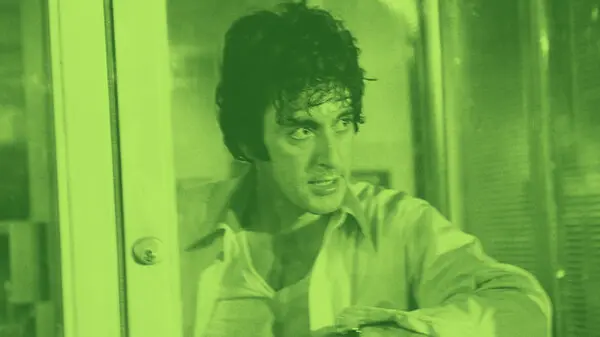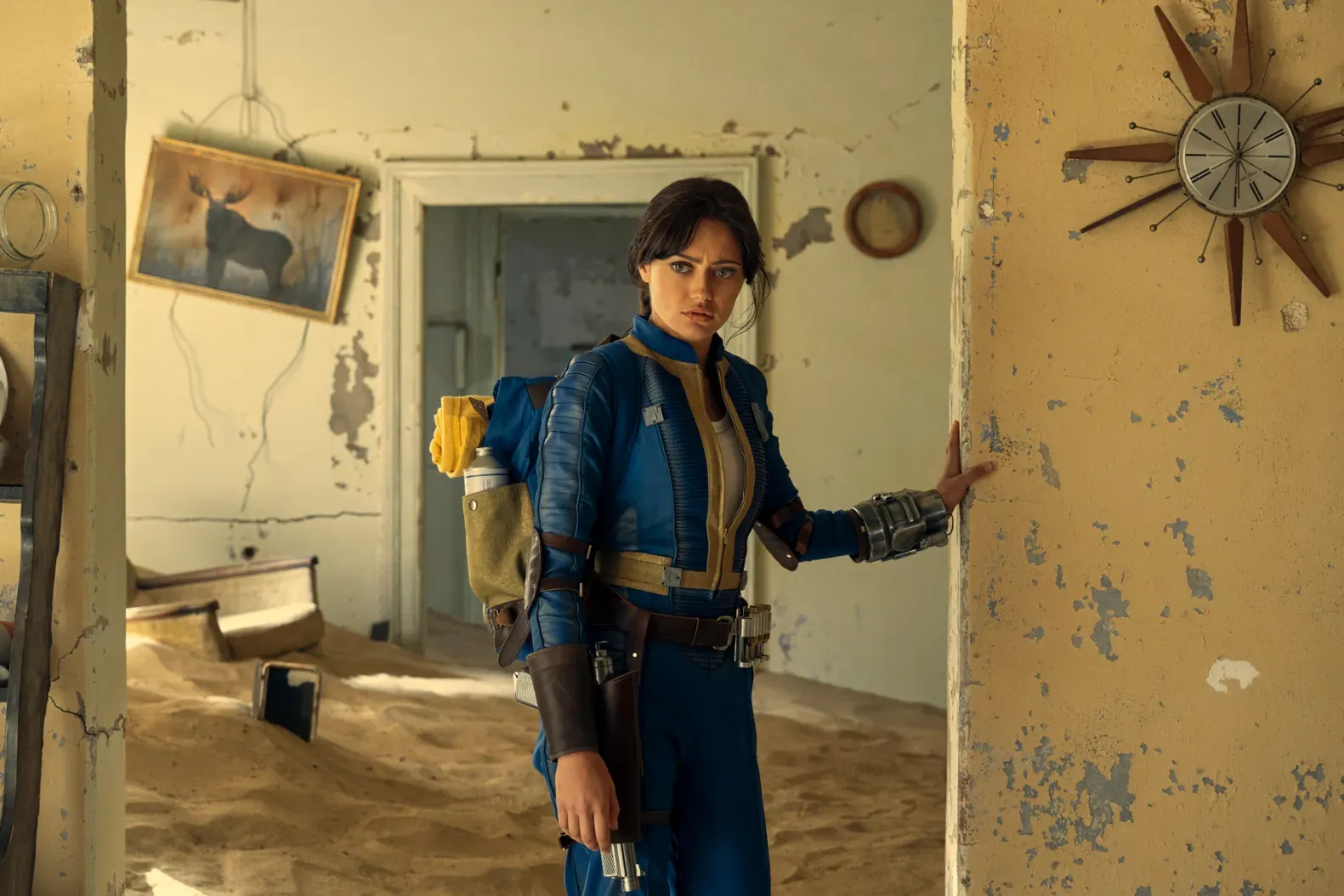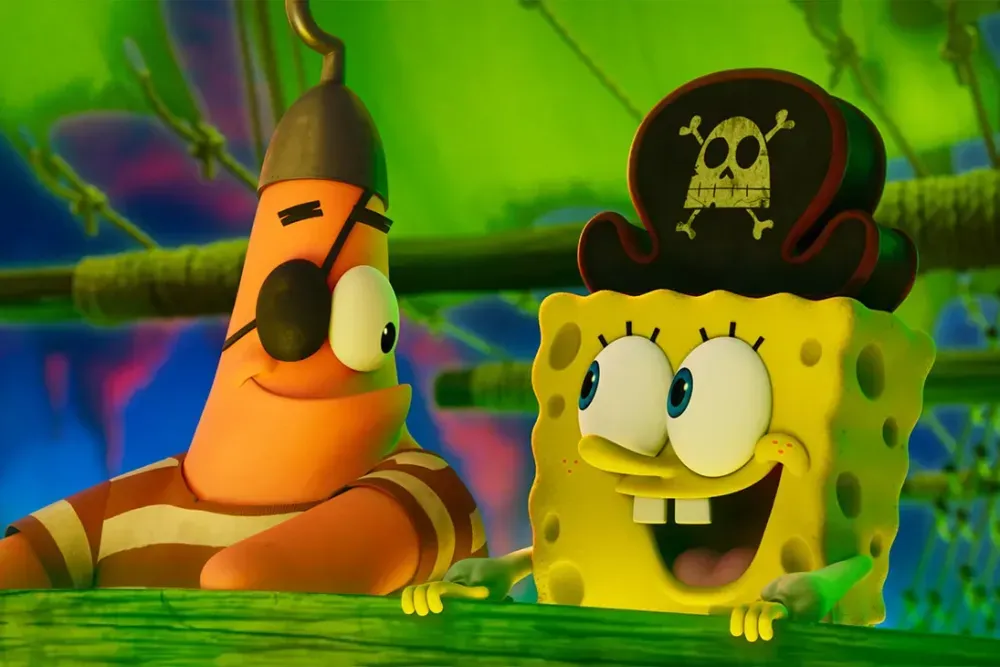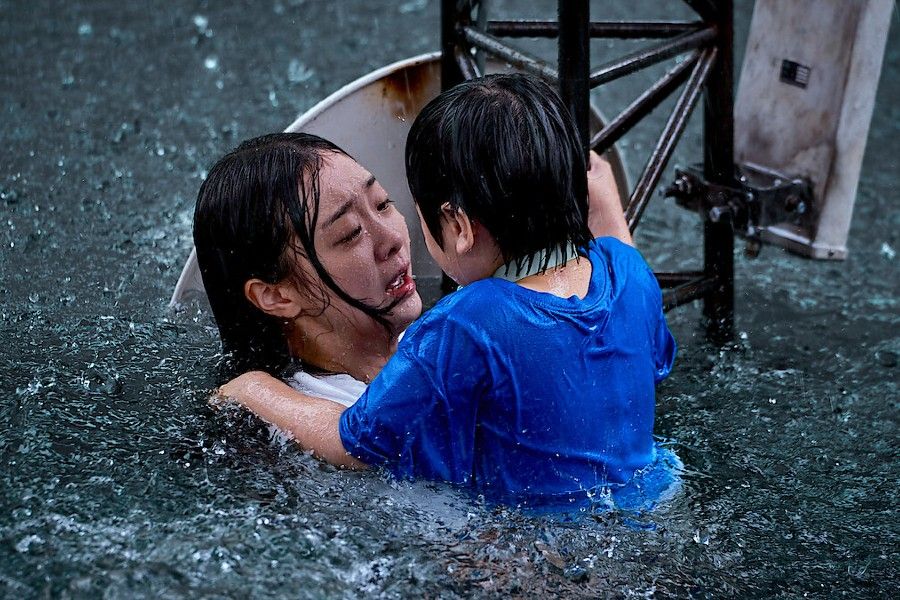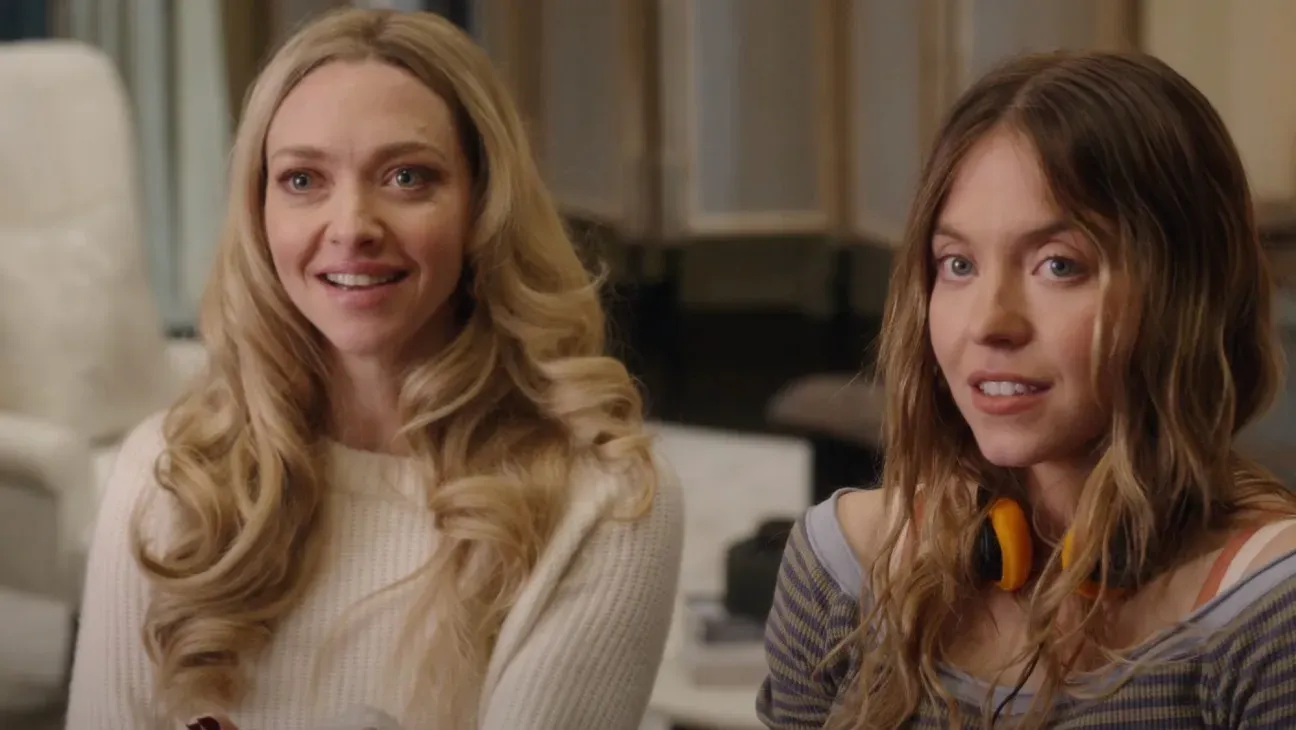
Frida (2024) - Documentary Review
- Jan 24, 2024
Frida Kahlo's face is ubiquitous, imprinted on tall structures, tote bags, and jewelry, her name not requiring a surname to identify her. This iconic Mexican artist has extended her influence beyond her generation and Mexican Modernism, cementing her place in global art history. Her narrative fires up inspiration and curiosity, driving myriad interpretations ranging from kitsch merchandise at museum gift shops to Julie Taymor's 2002 film, “Frida”.
The talented artist is now the focus of Carla Gutierrez's premier documentary feature, “Frida,” a richly detailed archive based on Frida's diaries, letters, and interviews. Frida's various facets convey her significance differently to different audiences. The film weaves together the intricate threads of Frida's life - her political awakening during the Zapatista era, her flirtations with communist activism, her unstable marriage with Diego Rivera, an infamous womanizer, and her other passionate relationships.
Archival images and a series of Frida's sketches and paintings ingeniously bring to life her transformation. The film delves into her personal writings about her body, her life-altering accident, persistent ailments, heartbreaks including miscarriage, and her critique of America and the surrealist movement. The audience is introduced to the dynamic persona of Frida behind the canvas – a rebellious spirit, her affectionate side with Rivera, her romantic involvements, and the solace art brought to her life.
Showcasing footage from Frida's life and works, the film initiates with black-and-white images of Frida painting and smoking in her unassuming studio- a humble abode that birthed invaluable art. The classic monochromatic shots are often colorized to accentuate specific figures, with Frida commonly chosen. Even features at times appear as if it is a hand-tinted silent film, like a myriad selection of hats in crowd shots. The film employs modern approaches like color splashes seemingly done with watercolor behind sketches, and recreated radio headlines and sound effects accommodating spaces where there was no narration.

However, the attempt to animate her art mutes the emotional resonance and divided the audience’s perception, including mine. It appeared as if it undermined the rich visuals, life, and movement inherent in Frida's painting, and diluted the texture of her art. 3D animated leaves and wiggling arms on the monkeys around her shoulders seemed unnecessary, much like the sensationalised animation of Vincent van Gogh's works on Instagram.
Despite this stylistic debate, Gutierrez harbors a clear admiration for Frida's life and work. In the documentary, she utilizes archival images and embraces Frida's own words, maintaining their original Spanish. This allows Spanish speakers to enjoy the witty idioms and poetic nature of her prose besides the direct subtitled translation. Despite my reservations with the visual style of the film, I must admit that it’s a labor of love to encompass all of the complexities of Frida Kahlo's story.
The film which premiered at the Sundance Film Festival will be available on Prime Video from March 15th.


